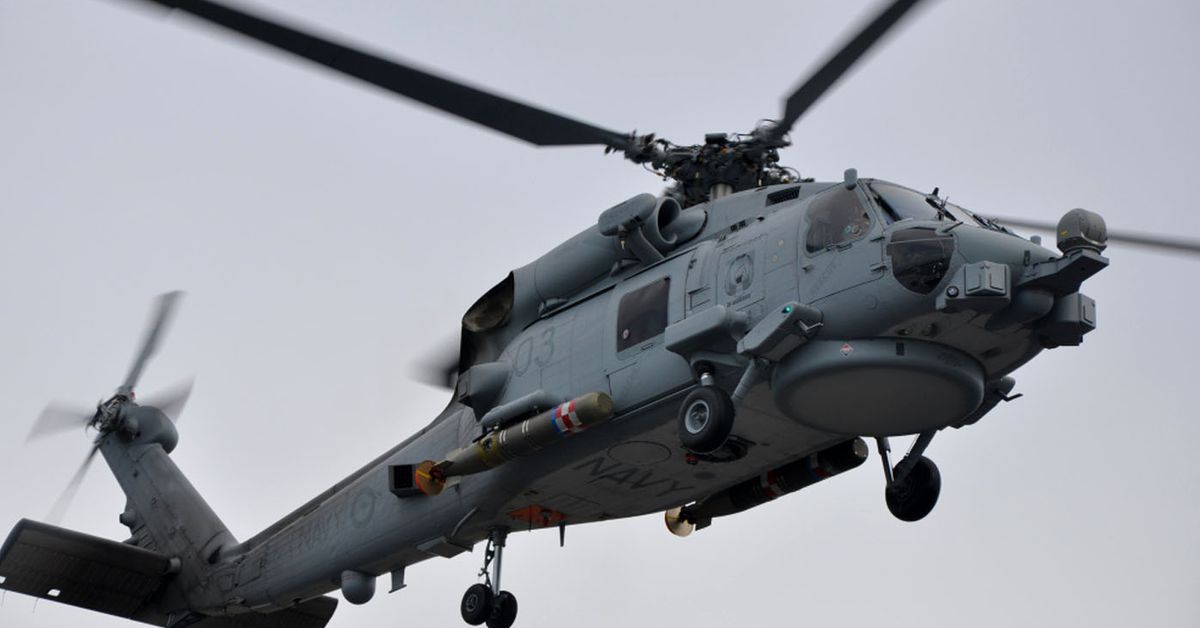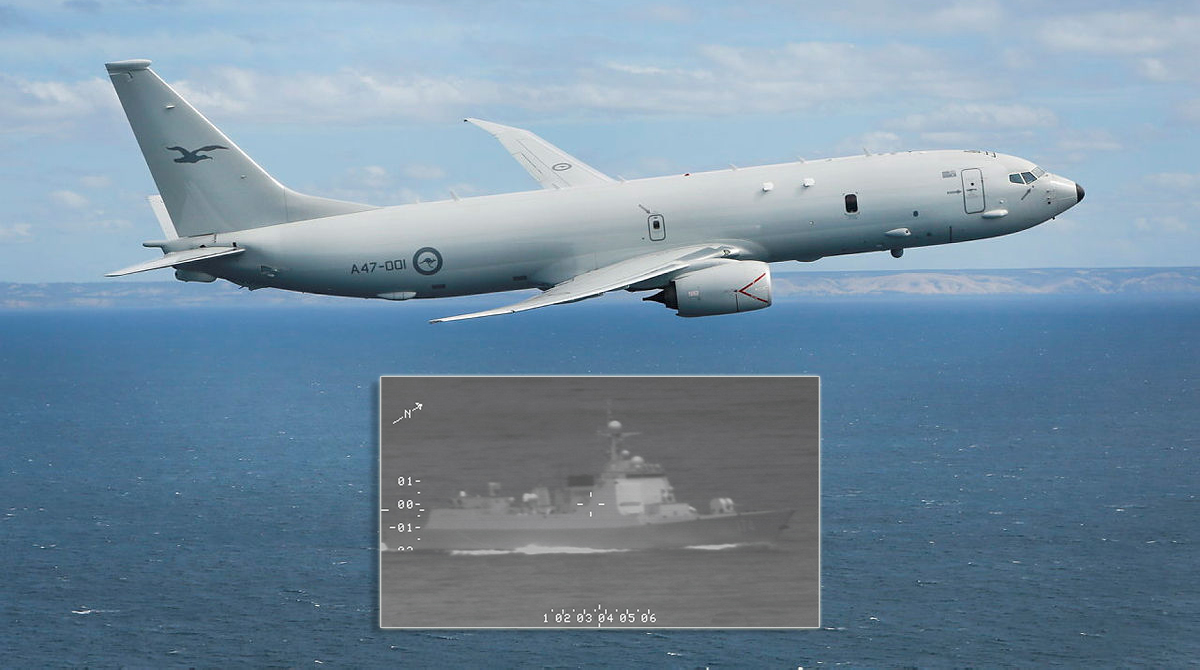recce.k1
Well-Known Member
Article on the rising cost of artillery shells due to worldwide supply and demand.
For NZDF, 105mm artillery shells have increased in price approx 600% since 2020.
(For the 155mm shell, from €2,000 to €8,000 apparently).
Former DefMin Henare acknowledges the Govt was aware of this after the invasion of Ukraine (and various measures have been put in place since to restrict non-essential use).
But surely costs will continue to increase as demand continues (and likely increases) and on the supply side although greater artillery shells are being produced in the West and SE Asia they are not on "war footing" scale etc.
IIRC NZ used to obtain 105mm artillery shells from Australian production lines but that would have ceased when they switched to 155mm artillery.
So what are some ramifications for NZ (due to the unintended consequences such as the Russia/Ukraine war etc)?
Stick with 105mm, accepting escalating costs? Restart ammo production in NZ again (realising that NZ is such a small market itself to be viable, but offset by Govt subsidising costs in the national interest)?
Or migrate to 155mm as the rate of cost increase is "lesser" due to greater Western manufacturing capacity including our Trans-Tasman neighbours?
Regardless no quick and easy solutions as 155m artillery itself may be years in the making also due to supply and demand (but perhaps the solution for the medium/longer term)?
As for 105mm I could be wrong but assumed that NZ may also be looking at the UK's Royal Marines options to replace their 105mm artillery (but despite some indicative designs becoming public it seems solutions may be long way away plus the UK Govt seems set on downsizing their Army and re-focusing the RM so artillery replacement solutions may not be a high priority in the greater scheme of things)?
Regardless the NZG needs to bite the bullet and acquire additional 105mm shells in the meantime (to maintain its existing capabilities, whilst exploring replacement options) as surely supply and demand will only get worse as conflicts continue and potentially new ones start.
 www.thepress.co.nz
www.thepress.co.nz
For NZDF, 105mm artillery shells have increased in price approx 600% since 2020.
(For the 155mm shell, from €2,000 to €8,000 apparently).
Former DefMin Henare acknowledges the Govt was aware of this after the invasion of Ukraine (and various measures have been put in place since to restrict non-essential use).
But surely costs will continue to increase as demand continues (and likely increases) and on the supply side although greater artillery shells are being produced in the West and SE Asia they are not on "war footing" scale etc.
IIRC NZ used to obtain 105mm artillery shells from Australian production lines but that would have ceased when they switched to 155mm artillery.
So what are some ramifications for NZ (due to the unintended consequences such as the Russia/Ukraine war etc)?
Stick with 105mm, accepting escalating costs? Restart ammo production in NZ again (realising that NZ is such a small market itself to be viable, but offset by Govt subsidising costs in the national interest)?
Or migrate to 155mm as the rate of cost increase is "lesser" due to greater Western manufacturing capacity including our Trans-Tasman neighbours?
Regardless no quick and easy solutions as 155m artillery itself may be years in the making also due to supply and demand (but perhaps the solution for the medium/longer term)?
As for 105mm I could be wrong but assumed that NZ may also be looking at the UK's Royal Marines options to replace their 105mm artillery (but despite some indicative designs becoming public it seems solutions may be long way away plus the UK Govt seems set on downsizing their Army and re-focusing the RM so artillery replacement solutions may not be a high priority in the greater scheme of things)?
Regardless the NZG needs to bite the bullet and acquire additional 105mm shells in the meantime (to maintain its existing capabilities, whilst exploring replacement options) as surely supply and demand will only get worse as conflicts continue and potentially new ones start.





